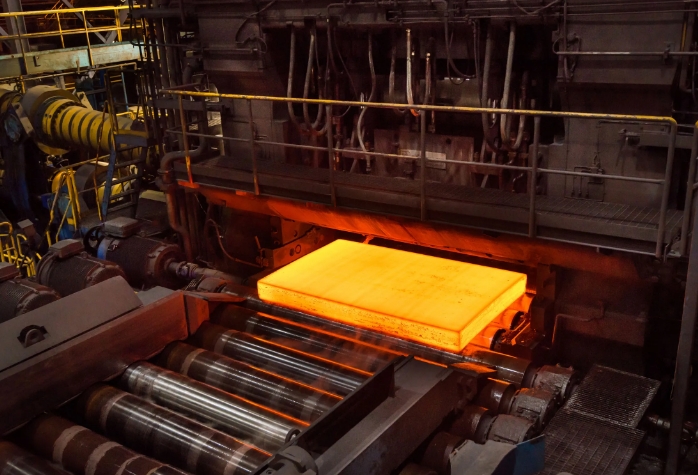
Anthracite Coal is a solid, hard fuel which is used to generate electricity and in metallurgical process. Low ash, high carbon and few impurities makes it an industrially valuable and highly sought after raw material. When anthracite coal is burned, it produces lower emissions than most other types of coal. It is therefore a good substitute for coking coal when it comes to steel production.
Anthracite's market will continue to expand over the coming years, due to increasing demand from the metalurgical industry for its carbon additive. The main reason for this is its low content of moisture, sulfur, ash, and other impurities, which helps reduce metallurgical wastage and increase efficiency. This carbon source is of a higher quality than other sources like char or calcined (also called coke). Anthracite demand is increasing due to global automotive production, which in turn has led to a greater need for aluminum-based metals.

Anthracite contains a large amount of fixed carbon, which makes it ideal to use in steel production. A high temperature dry distillation is used to remove volatile compounds, improving the product's density and stabilty. It is then processed through high-temperature dry distillation to remove volatile components, improving its density and stability.
It's also possible without any coking to use anthracite for iron smelting. Thomas first invented this technology at Yniscedewin in Wales in 1820s. In France and Pottsville experiments were conducted to modify the process before being introduced in Pennsylvania's Jim Thorpe Iron Works at the Jim Thorpe Iron Works by the late 1830s.
Anthracite is facing a major challenge with the increased focus on sustainable environmental practices and cleaner energy. As a result, environmental regulations are becoming more stringent and there is an increase in carbon prices. International agreements such as Paris Agreement also reflect these changes. The market for anthracite is affected by the reduction in demand for coal.
New technologies are also being developed in order to reduce the dependence of this industry on carbon-based sources. LIBERTY Steel UK has, for instance, been testing ecoke to replace anthracite in the electric arc furnace as the primary carbon charge. This can reduce the carbon footprint of the steel industry by 30%. Rotherham's company pilot plant recently concluded an industrial trial that showed that biochar BC2 was able to replace 33% of anthracite as the main carbon charge in electric arc furnaces. This can reduce steel industry emissions by up to 30%.
Political and economic factors will have an impact on the acceptance of these options. For instance, the increase of trade barriers and restrictions could reduce anthracite imports, which would have an impact on market growth. Politics or energy policy can affect the profits of producers. This could lead to price instability. To plan for their future, businesses in the Anthracite sector must take into consideration these variables.

Write a Message